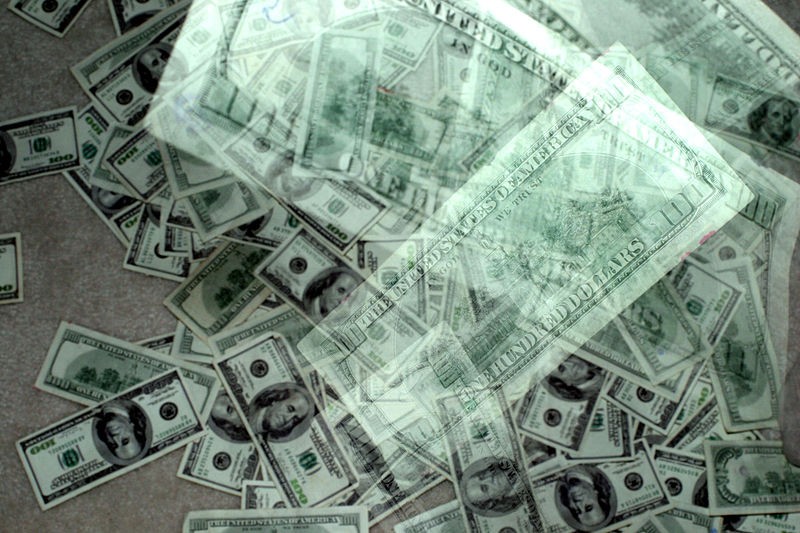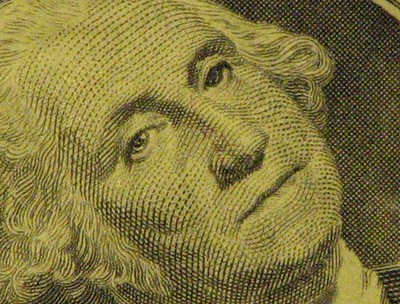Dollar As International Reserve Currency Business Insider
Post on: 13 Июль, 2015 No Comment

flickr / Mark Turnauckas
The U.S. dollar is indisputably the world’s reserve currency.
It comprises the majority (62%) of foreign exchange reserves held by central banks. with the euro a distant second, accounting for 24% of reserves.
And despite concerns that the Federal Reserve’s quantitative easing programs are debasing the dollar, perhaps throwing its reserve status into question, BofA Merrill Lynch strategist John Shin argues that there still has not been much diminishment in the U.S. dollar’s role, which is likely to remain unchanged for the time being, especially given the lack of external competitors that could supplant the dollar.
In a note, Shin explains the main reasons why the dollar works so well as the world’s reserve currency, and why it’s unlikely to cede its position:
The need for such an international currency depends on its usefulness as a reserve, a vehicle currency for intervention, and as an anchor for a currency peg, all of which the U.S. dollar clearly holds unique significant value.
But when considering what would be the most important features of being the dominant reserve currency. there are four key determinants: (1) economic and trade patterns; (2) financial market depth; (3) confidence in the value of the currency and (4) inertia from previous use.
In all these features, the U.S. still remains in front by far. It is still the largest single economy in the world and forecast to remain larger than the overall eurozone. Still, the most important factor may be the size of the financial market, as there is none that can match U.S. Treasuries in terms of liquidity and depth, especially during times of crisis. No other bond is comparable to the U.S. Treasury market in these attributes.
But confidence and inertia also play a large part in securing the U.S. dollar’s role as well. Concerns about a decline in the role of the U.S. dollar are often preceded by a substantial depreciation over a long period of time, and at the moment the real value of the U.S. dollar is around its historical lows. Our own view is that fundamentals such as stronger U.S. growth and energy independence will reverse much of this weakness, including an end-2014 EUR-USD target of 1.25.
Moreover, currency shares in reserves have been very persistent and still feature the U.S. dollar, reflecting the inertia among reserve managers as well as in goods markets for the use of particular currencies. Oil-producing economies have long been trying to move away from dollar-invoicing of petroleum trade since the 1970s, but with little progress.
Shin points out that perhaps the next two currencies most likely to become reserve currencies — the euro and the Chinese yuan — would have to clear major hurdles to take on reserve status.
The euro, of course, still arguably faces core existential issues, as Shin puts it, and the lack of a mutualized eurozone sovereign debt market means the U.S. Treasury market remains far and away the deepest bond market in the world.
And the Chinese yuan, Shin says, is still effectively an industrial policy instrument for the government, which makes it highly unfavorable as a store of value.

Moreover, financial depth still has far to go for China, writes Shin. As one particular measure of depth, FX turnover for the Chinese yuan still remains quite small compared to the massive trading of the U.S. dollar and euro, ranking just ahead of the New Zealand dollar (Chart 3). But longer-term issues also revolve around the lack of financial market development. While China has been taking some steps toward internationalization of their currency, accumulation of renminbi as a reserve currency is likely a process to be measured in decades or generations.
Meanwhile, gold and IMF Special Drawing Rights could also potentially serve as reserve currencies, but like all other currencies other than the U.S. dollar, both make up only tiny portions of central bank reserves, and both would be difficult to use for actual intervention for actual currencies, says Shin.
So, given the lack of external threats to the U.S. dollar’s status as an international reserve currency, what’s left?
Shin says U.S. economic policies are really the only primary threat to dollar dominance.
Inflation would be one of them. But given the stagnation in U.S. inflation, this particular threat seems remote.
The other threat is perhaps the most relevant, given ongoing fiscal crises in Washington.
In our view, the most plausible immediate threat to the U.S. dollar’s reserve currency status would be domestic political events that purposefully lead to a U.S. debt default, says Shin. Even that particular possibility, which is still highly unlikely, would not immediately cause a shift in U.S. reserve currency status, as the main impact would depend on how damaged the U.S. Treasury market was in terms of being the risk-free asset. But, relatively speaking, the impact of a debt default could reduce the U.S. dollar’s value of standing in front of the deepest financial market, and induce a faster diversification into other currencies.














